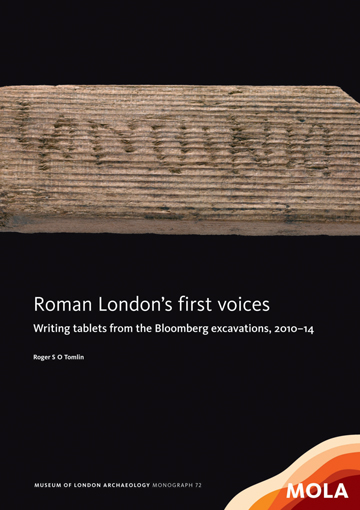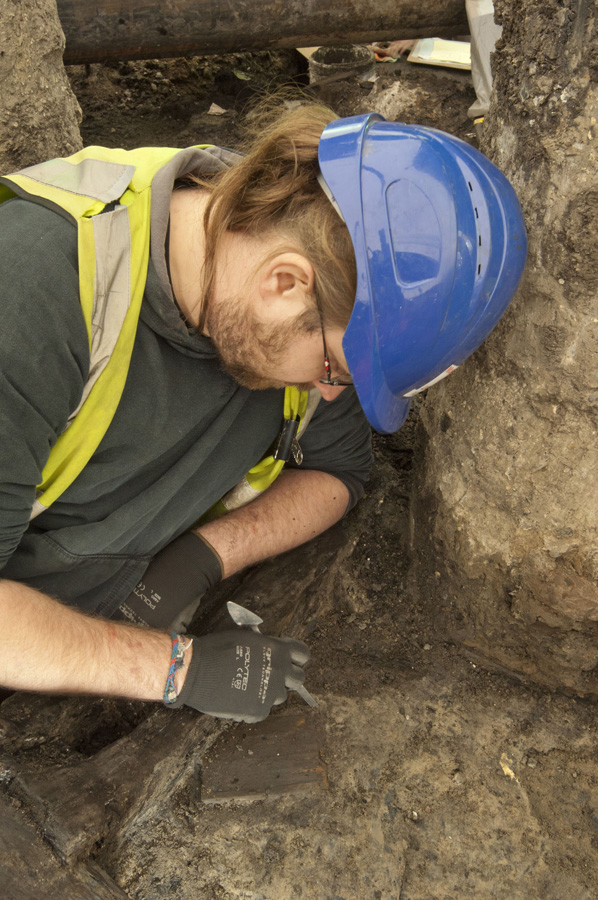MOLA (Museum of London Archaeology) have just published research into Britain’s largest and earliest collection of Roman waxed writing tablets. The collection, which boasts the first hand-written document known from Britain, was discovered during archaeological excavations for Bloomberg’s new European headquarters, in London.
Across the Roman Empire, individuals used waxed writing tablets like notepaper, for accounts, correspondence and for drafting legal documents. Previously only 19 legible tablets were known from London.
Of the 405 from Bloomberg, over 80 have been deciphered, more than quadrupling that number and providing an incredibly rare and personal insight into the first decades of Roman rule in Britain

In the words of the people who lived, worked, traded with and administered Roman London, the Bloomberg tablets reveal the names, events, workings and organisation of the new city. One tablet features the earliest ever reference to London, preceding Tacitus’ citing of London in his Annals by 50 years.
Michael Bloomberg, Founder of Bloomberg LP and Bloomberg Philanthropies, said: “As steward of this ancient site and artefacts, Bloomberg has embraced the City of London’s rich heritage. And as a company that is centered on communications – of data, information, news, and analysis – we are thrilled that Bloomberg has been at the core of a project that has provided so much new information about London’s first half-century.”
Highlights from the Bloomberg writing tablet collection include:
- The earliest dated hand-written document known from Britain, a financial document of 8 January AD 57;
- A tablet archaeologically dated to AD 43-53, the first decade of Roman rule in Britain;
- The earliest reference to London, dated to AD 65-80;
- Evidence of someone practicing writing the alphabet and numerals, perhaps the first evidence for a school in Britain;
- New evidence for Julius Classicus, a figure later known to history as a leader of the Batavian revolt, revealed to be the prefect of the Sixth Cohort of Nervians in the first decades of Roman London;
- A contract from 21 October AD 62 to bring ‘twenty loads of provisions’ from Verulamium to London by 13 November, a year after the Boudican Revolt, the tablet reveals precious details of the rapid recovery of Roman London;
- The names of nearly 100 people, from a cooper, brewer and judge, to soldiers, slaves and freedmen. The names reveal early London was inhabited by businessmen and soldiers, most likely from Gaul and the Rhineland.
– See more at: http://www.mola.org.uk/blog/archaeological-research-britain%E2%80%99s-oldest-hand-written-documents-released




